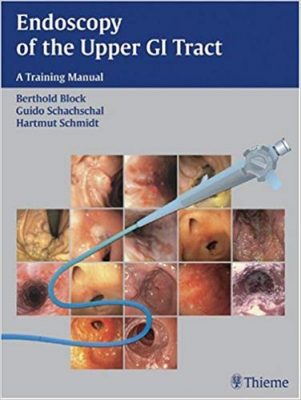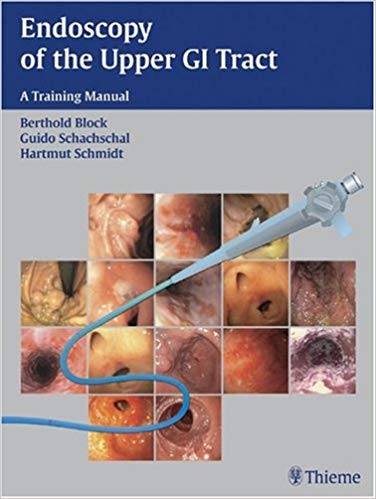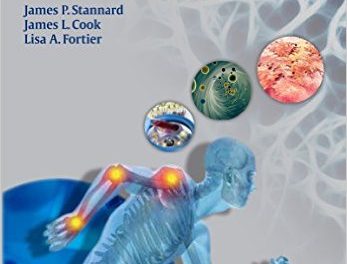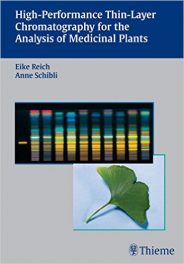 Editors: Berthold Block MD, Guido Schachschal MD, and Hartmut Schmidt MD
Editors: Berthold Block MD, Guido Schachschal MD, and Hartmut Schmidt MD
Publisher: Thieme – 194 pages + 774 illustrations + 56 tables
Book Review by: Nano Khilnani
This book was published in 2004, and today 14 years later in 2018, perhaps there are endoscopes that have greater capabilities than the ones described in this book.
Regardless, the examination of the gastrointestinal (GI) tract has come a long way since more than two centuries ago in 1806 when the German scientist Philip Bozzini introduced the Lichtleiter which translated into English means ‘light conductor’. Bozzini’s scope was also used by urologists and gynecologists.
Technology never stands still because there are always problems to be solved. In this instance Bozzini’s scope did not provide a bright, clear view because of poor illumination due to insufficient light. Another problem was that it could not bend into curving GI tract.
In the 1890s a gastroscope developed by Adolf Kusmaul was used. It was a rigid one but later, flexible ones were developed that became more useful to gastroenterologists. By the mid-20th century, s major advance came about when Basil Hirschowitz developed a flexible fiber-optic endoscope. Further technological advances came about later with the development of video endoscopy, which was then followed by wireless capsule endoscopy.
This book is essentially a training manual in the use of endoscopic instruments and interpretation of results for up-and-coming gastroenterologists. It is a large page-size (12”x 9”) book with an average of almost four images per page. With a length of almost 200 pages, it consists of six sections:
- General
- Examination Technique and Normal Findings
- 3.1 Pathological Findings: Esophagus
- 3.2 Pathological Findings: Stomach
- 3.3 Pathological Findings: Duodenum
- Interventional Procedures and Extended Endoscopic Examination Methods
Among the important features of this of this amply-illustrated atlas are the following:
- The endoscopic criteria and the most important differential diagnoses for each disorder
- Series of images showing common variants, as well as comparison photographs of differential diagnoses
- Useful guidelines for proper documentation
This book also contains a detailed introduction to all aspects of endoscopic examination with the following well-illustrated guide features:
- Clear descriptions and images of all of the instruments and how and when they are used
- Artfully combined photographs and 3D illustrations showing the exact location of the endoscope in relation to the anatomy of the immediate region
- Step-by-step instructions for handling the endoscope such as air insufflations, irrigation, and more
- Useful checklists and tables that lay out the procedures from beginning to end, including preparations, necessary medication and anesthesia, required staff and supplemental equipment, potential risks and complications, etc.
This is a well-illustrated training manual on the endoscopic examination, including the use of the endoscope and other instruments, of the gastrointestinal (GI) tract, particularly of its upper portion including the esophagus, stomach, and duodenum. .
Editors:
Berthold Block MD is based in Branuschweig, Germany
Guido Schachschal MD is affiliated with Universitats-Klinikum Charite in Berlin, Germany.
Hartmut Schmidt MD is affiliated with Universitats-Klinikum Charite in Berlin, Germany.







